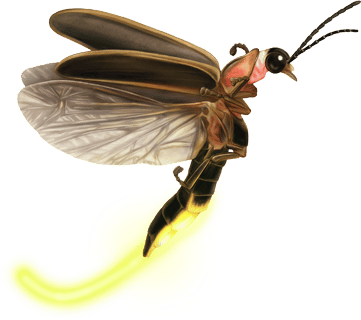Observation: Photinus consimilis
Primary Observer:
Richard Joyce
Event Date:
2023-06-14
Status:
Verified
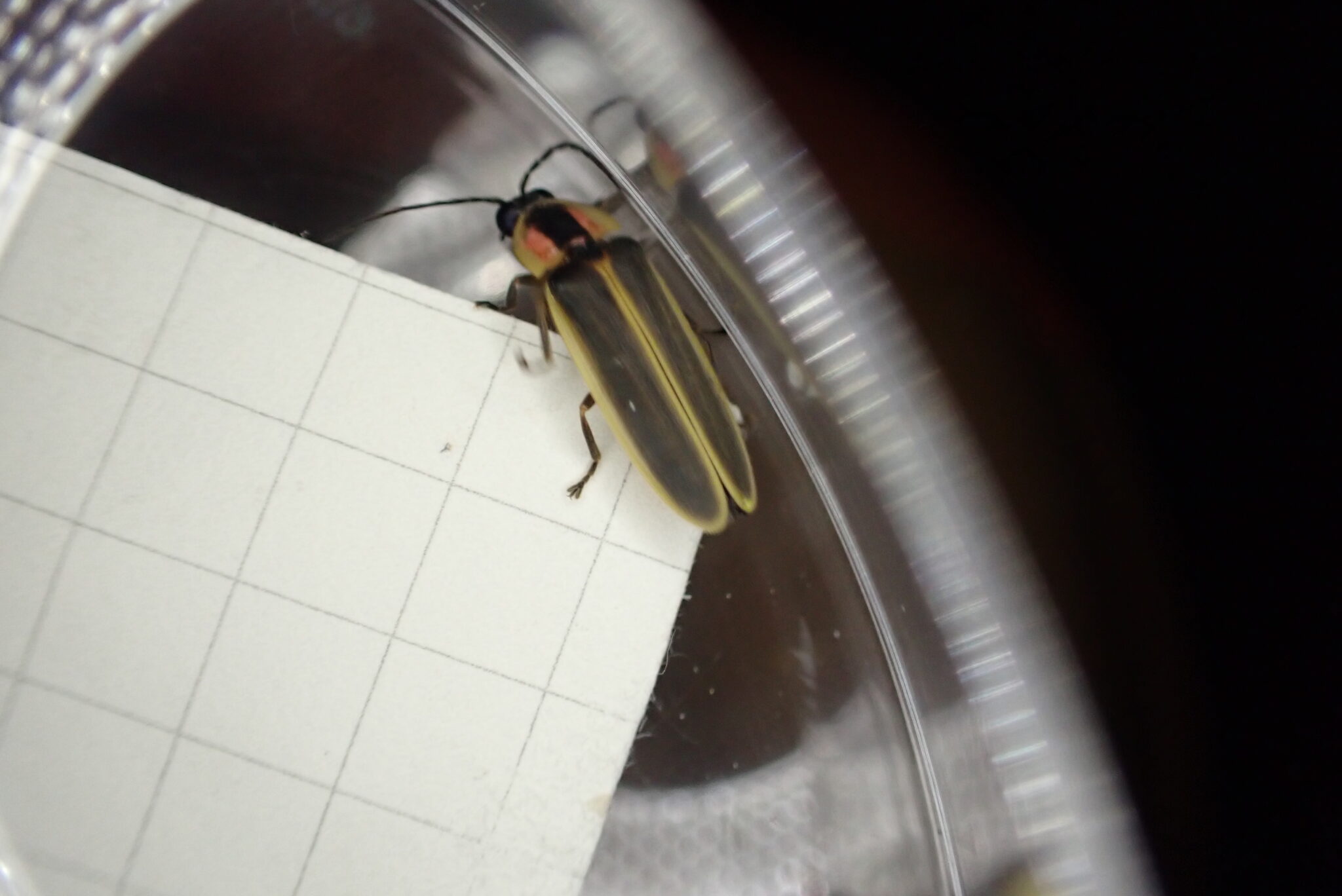
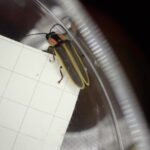
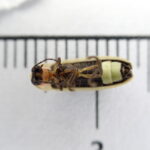
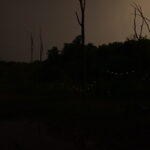
Survey
Site Name:
Leonard Springs Nature Park
Province/State:
Indiana
Event Date:
2023-06-14
Time of Day:
Night-Time
Start Time:
21:06
End Time:
23:59
Number of Observers:
1
Primary Observer:
Richard Joyce
Additional Observers:
NA
Target Species Genus:
Photuris
Target Species Species:
walldoxeyi
Location and Habitat
Location Accuracy (meters):
0-25
Habitat Type:
Open Freshwater Wetland - Wetland Bog, fen, freshwater marsh
Habitat Type Notes:
The focal habitat of the survey was an open wetland in the basin of a drained impoundment that briefly supplied water to Bloomington during the first half of the 20th century. The habitat was dominated by herbaceous vegetation, including reed canary grass (Phalaris arundinacea), with some Asteraceae forbs, mountain mint (Pycnanthemum sp), and cattails. Woody vegetation included willows and sycamore. The basin fed by a stream that originates from a spring at the top of a steep limestone slope. These slopes are vegetated with hardwood forest, with species such as pawpaw, hickory, tulip poplar, and oak.
Elevation (meters):
205
Area Searched (hectares):
1.2
Artificial Light Sources
Vehicles: No
Street Lights: No
Buildings: No
Planes
Street Lights: No
Buildings: No
Planes
Artificial Light Types
Sky Glow (diffuse illumination in the sky): Yes
Light Trespass (light cast on surfaces beyond its intended target): No
Glare (bright light causing visual discomfort): No
Light Trespass (light cast on surfaces beyond its intended target): No
Glare (bright light causing visual discomfort): No
Artificial Light Notes:
Sky glow was accentuated by the overcast conditions, and is apparent in the flash pattern long exposure images.
Observation
Observation Type:
Flashing
Number Observed:
11-50
Genus:
Photinus
Species:
consimilis
Observation Notes:
While first flashes patterns were observed after 11 pm, that is just when I turned my attention to the habitat where they were displaying-- they almost certainly began flashing earlier than that. Body was about 9 mm long.
The composite image of flash pattern is made up of 10 15-second exposures, so 2.5 minutes worth of flashes.
Specimen Voucher Number:
Flash Behavior
First Flash Time:
23:19
Last Flash Time:
23:49
First Flash Temp (F):
69
Last Flash Temp (F):
65.8
Flashes in Pattern:
>4
Flash Color:
Yellow
Flash Pattern Period:
Not recorded
Flash Duration:
0.3
Flash Interval:
0.3
Male Height Zone:
Moderate (3-8 ft), High (over 8 ft)
Flash Location:
Flash trains were over the beaver pond and adjacent cattails. They were not seen over the grassy, more dry, drained reservoir bottom.
Male Flash Behavior:
Males emitted flash trains of 5-8 yellow flashes in a rising, diagonal trajectory over the cattails and open water. Flash periods were long enough that they were hard to measure. Flash trains lasted about 3 seconds.
Female Flash Behavior:
Not observed.
